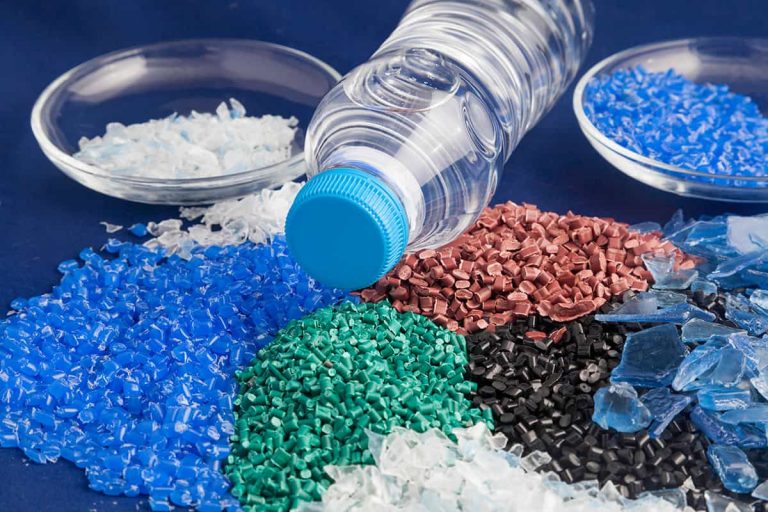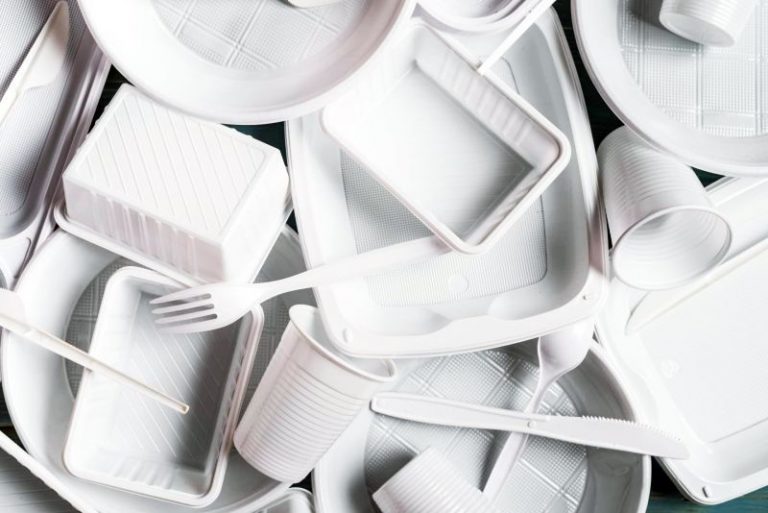Zero-Waste Kitchen: A 30-Day Starter Plan
A zero-waste kitchen minimizes trash through smarter shopping, durable storage, mindful cooking, and low-impact cleaning. Start with a quick waste audit, switch to reusables (glass containers, silicone bags, beeswax wraps), plan meals to curb food waste, compost scraps, and choose concentrated, refillable cleaners. Small daily habits compound into big environmental wins.
Table of Contents
-
Mindset, Goals & a Baseline Audit
-
Smart Shopping & Storage (Bulk, Refill, Plan)
-
Cooking That Cuts Waste
-
Cleaning & Dishwashing Without Plastic
-
Your 30-Day Action Plan + Budget & Impact Table
1) Mindset, Goals & a Baseline Audit
Start with clarity. A zero-waste kitchen isn’t about perfection; it’s about reducing what you send to landfill while keeping cooking easy, tasty, and affordable. Define a primary goal such as cut weekly trash by 50% or eliminate single-use plastic for lunches. Measurable goals help you notice progress and stay motivated.
Run a 7-day waste audit. Keep a small box or bin for kitchen trash (not counting recyclables or compostables for now). At the end of the week, spread it out on a sheet of paper and categorize by type: plastic film, produce trimmings, takeaway packaging, paper towels, expired food, coffee pods, and so on. Estimate volume with simple notes (e.g., “plastic film: 2 full handfuls”). This snapshot highlights your top culprits—usually plastic packaging and avoidable food waste.
Choose high-impact focus areas.
-
Packaging reduction: switch to bulk/refill and durable containers.
-
Food waste prevention: improve planning, storage, and leftovers.
-
Cleaning swaps: concentrated or refillable formulas and reusable tools.
Create a “friction-free” setup. Place a countertop compost caddy (with a tight lid) near your prep area, a recycling bin that’s easy to reach, and a trash bin that’s smaller than both. Visual cues nudge better habits. Keep a tote with produce bags and jars close to the front door so they’re not forgotten during grocery runs.
Track quick wins. Each week, jot three wins in a note on your phone—maybe “no cling film used,” “ate leftovers,” or “bought detergent refill.” Positive feedback loops make the change stick.
2) Smart Shopping & Storage (Bulk, Refill, Plan)
Shop with intention, not impulse. Build your list from a meal plan: three dinners you’ll definitely cook, a flexible “pantry meal,” and one batch-cook item (soup, grains, beans). This reduces mid-week takeout and shrinks packaging waste.
Lean on bulk and refill where available. Dry goods (rice, oats, lentils, pasta, nuts), spices, coffee, and cleaning concentrates often come package-free or in larger, more efficient formats. Bring lightweight jars or cloth bags. If bulk isn’t accessible, choose larger sizes in recyclable packaging and prioritize brands that offer refills.
Build a durable storage kit.
-
Glass containers with leak-proof lids for leftovers and batch-cooking.
-
Silicone zip pouches for snacks, marinating, and freezer storage.
-
Beeswax or vegan wax wraps for covering bowls or wrapping cut fruit and bread.
-
Stackable glass jars for pantry staples (label them with painter’s tape + marker).
Extend freshness with proper storage.
-
Leafy greens: wash, dry thoroughly, store with a dry towel in a lidded container.
-
Berries: rinse right before eating; keep dry and ventilated.
-
Bread: store cut-side down on a board for a day, then wrap in a breathable bag; freeze slices you won’t use within two days.
-
Herbs: treat like flowers—snip stems, place in a jar with water, cover loosely.
Plan your fridge like a project board. Keep a small notepad (or whiteboard) on the door with a “use-first” list: half an onion, open stock, yesterday’s roast veg. This simple prompt prevents edible food from being forgotten.
Avoid the trap of “eco clutter.” You don’t need every reusable product. Start with what you have (jars, sturdy takeout containers) and add only what solves a real problem. The most sustainable item is the one already in your kitchen.
3) Cooking That Cuts Waste
Cook for leftovers on purpose. Doubling a base component—say roasted vegetables, quinoa, or beans—creates building blocks for weeknight meals. Example: roast two trays of mixed veg on Sunday; use them in wraps on Monday, a frittata on Tuesday, and a grain bowl on Thursday. You’ll waste less and save time.
Practice “root-to-leaf” and “nose-to-tail” thinking—plant edition. Broccoli stems become slaw, carrot tops blitz into a quick pesto, and herb stems infuse broths. Use peels for crisps (toss in oil and roast) when they’re clean and from produce you prefer to eat unpeeled.
Turn scraps into stock. Keep a freezer bag of clean veggie offcuts—onion skins, leek greens, mushroom stems, parsley stalks. When full, simmer with water and a pinch of salt for a versatile stock. Strain and freeze in jars or silicone cubes.
Know your dates. “Best before” signals peak quality, not safety; “use by” is stricter. Rely on senses and context: look, smell, and when appropriate, taste. Keep chilled foods at safe temperatures and cool leftovers quickly before refrigerating.
Compost what’s truly inedible. If you have access to municipal composting or a backyard bin, scraps like coffee grounds, eggshells, and vegetable peels can avoid landfill. In apartments, worm bins or bokashi systems handle small spaces. Composting closes the loop on unavoidable organic waste and improves soil health when used on gardens or plants.
Small habit shifts with big payoffs: simmer beans from dry instead of buying cans; brew coffee via French press or pour-over with a reusable metal filter; use cloth napkins and unpaper towels for most tasks, reserving paper towels for messes you truly don’t want to wash.
4) Cleaning & Dishwashing Without Plastic
Concentrates and refills beat single-use. Multi-surface cleaners, dish soap, and laundry detergent now come as concentrates, bars, or refill pouches. They reduce packaging, cut shipping emissions, and often last longer. A simple spray bottle plus concentrate tabs can replace a year’s worth of plastic jugs.
DIY basics (when you want them). A reliable all-purpose mix is diluted vinegar and water for glass and countertops (avoid on stone). Baking soda gently scours sinks and pans. Keep recipes minimal; you don’t need a dozen bottles to keep a kitchen clean.
Dishwasher efficiency. Run full loads, scrape instead of pre-rinsing, choose fragrance-free tablets in cardboard or minimal packaging, and clean the filter monthly. Air-drying saves energy. For hand-washing, a solid dish soap bar with a biodegradable brush eliminates plastic bottles.
Safer fabrics and tools. Swap polyester sponges (which shed microfibers) for loofahs, cellulose sponges, or wood-fiber cloths. Wash reusable cloths in a guppy bag or use a microfiber-catching ball to reduce shedding into wastewater.
Paper products, rethought. Keep a stack of rags cut from worn-out T-shirts for spills; store them in a jar where you’d normally keep paper towels. For compost-safe paper, choose unbleached options and use sparingly.
5) Your 30-Day Action Plan + Budget & Impact Table
Why 30 days? It’s long enough to test habits across real life—busy nights, grocery runs, and cleaning days—without being overwhelming. The plan below is flexible; adapt it to your household size and cooking style.
Week 1 — Audit & Setup
-
Perform the 7-day waste audit and pick two focus areas (e.g., plastic packaging and food waste).
-
Set up compost, recycling, and a smaller trash bin; place a countertop caddy for scraps.
-
Assemble a starter kit: 3–5 glass containers, 2 silicone pouches, 2 wraps, one spray bottle, and one multipurpose cleaner concentrate.
-
Create a use-first list on the fridge.
Week 2 — Shopping & Storage
-
Plan three anchor dinners and one batch-cook item.
-
Try one bulk or refill errand (grains, spices, or detergent).
-
Refill the pantry in clear jars; label and date new items.
-
Practice produce storage for longer freshness.
Week 3 — Cooking & Food Waste Reduction
-
Cook double a base (beans, grains, or roast veg) and repurpose it across meals.
-
Start a scrap-to-stock bag in the freezer.
-
Schedule a leftovers night.
-
Explore composting options if you haven’t already.
Week 4 — Cleaning & Optimization
-
Switch to concentrates or bars for dish soap and surface cleaner.
-
Audit disposable items (plastic wrap, paper towels) and set a cap on weekly use.
-
Review your trash volume versus Week 1 and note wins and remaining pain points.
-
Plan next month’s upgrades (e.g., water filter jug, additional jars, or a compost pickup).
Budget & Impact: Common Kitchen Swaps
| Swap | Upfront Cost (approx.) | Lifespan | Landfill Waste Avoided (year) | Likely Payback Period |
|---|---|---|---|---|
| 4 glass containers (replacing disposables) | Moderate | 5+ years | 200–300 single-use plastics | 3–6 months (less food spoilage, fewer takeout containers) |
| 3 silicone zip bags (replacing zipper bags) | Moderate | 3–5 years | 500+ plastic bags | 2–4 months (reuse ~2–3×/week) |
| Beeswax/vegan wraps (replacing cling film) | Low–Moderate | 1–2 years | 15–25 rolls of plastic wrap | 3–6 months |
| Refillable spray bottle + concentrate tabs | Low | 1–3 years | 12 plastic bottles | Immediate to 2 months |
| Compost caddy (basic) | Low | 5+ years | 100+ kg organic waste diverted (household-dependent) | Non-monetary; potential savings via soil/less trash pickup |
| Loofah/cellulose sponges (vs plastic sponges) | Low | Weeks–months | Tens of plastic sponges | Immediate (similar price, better end-of-life) |
Keep momentum without overwhelm. Build one habit each week, and celebrate reductions rather than chasing zero. The aim is progress you can live with—a kitchen that’s calmer, cleaner, and lighter on the planet.





